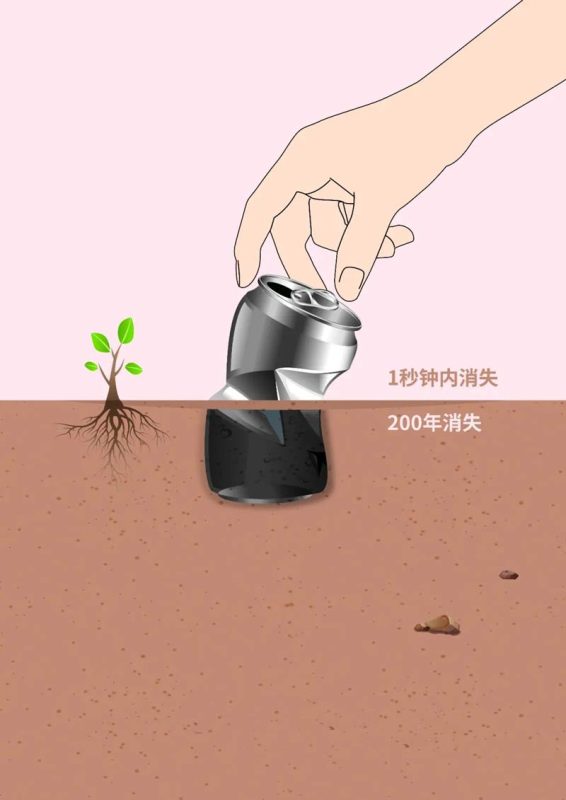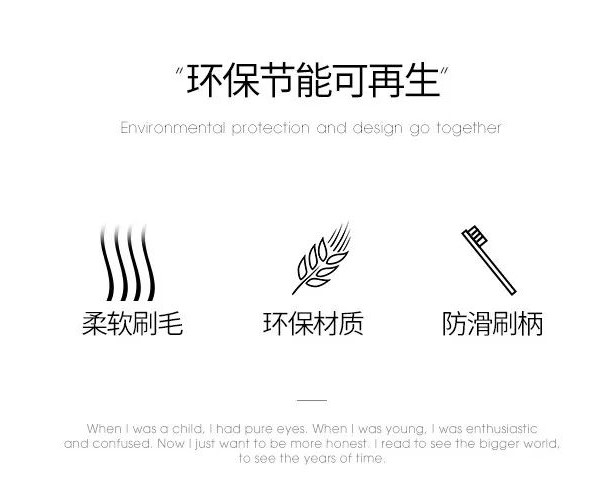By analyzing the emergence, development, and outlook of green design, the importance of green design is explained here, and some suggestions are made.
The origin of green design can be traced back to the late 1960s, when American design theorist Victor Babcock published a highly controversial and influential book, Design for the Real World. The book focused on the most pressing human problems faced by designers, emphasizing the social and ethical values of designers and proposing the “limited resources theory.
Barnack argues that the greatest role of design is not to create the greatest commercial value or to compete best in terms of packaging and style, but to be an appropriate element in the process of social change. He emphasized that designers should seriously consider the use of limited earth resources and serve to protect the earth’s environment. Not many people could understand his views at that time. However, since the outbreak of the “energy crisis” in the 1970s, his “limited resources theory” has gained widespread acceptance.






